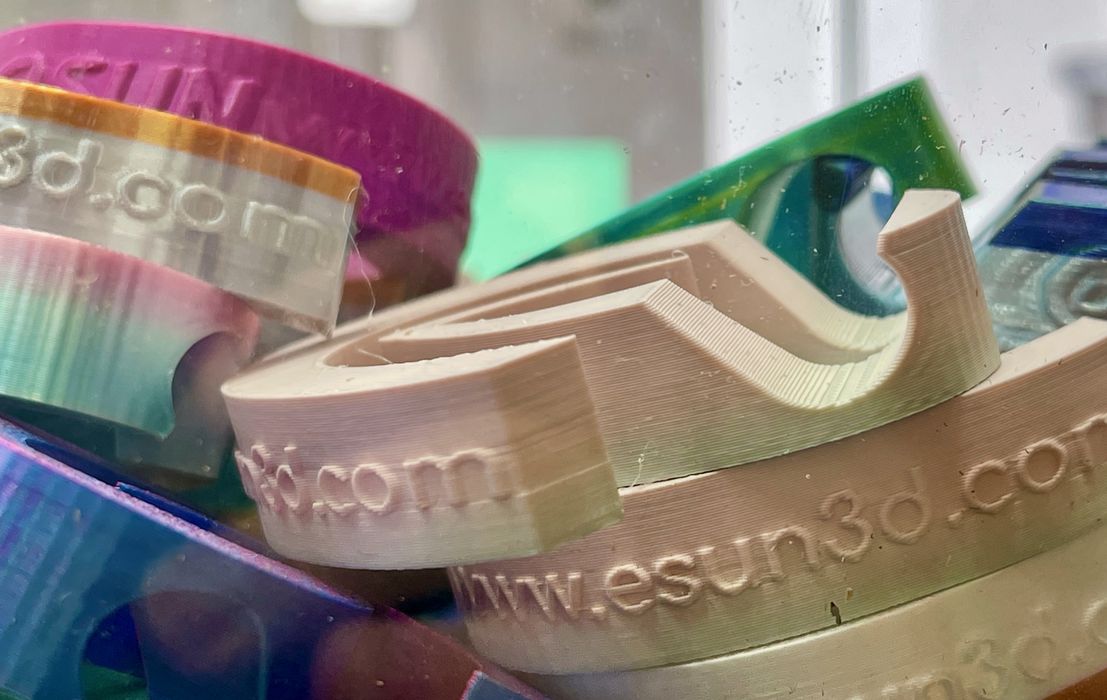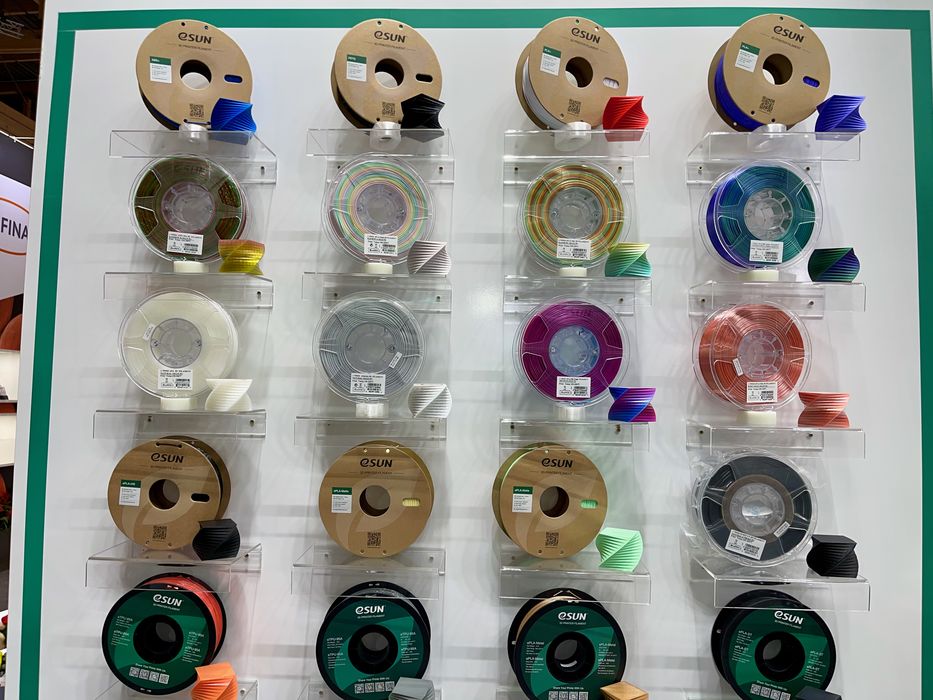
I spoke with eSun about high speed filaments.
High speed 3D printing is the rage in desktop 3D printing these days. After the sudden introduction of this technology by certain manufacturers, everyone else has to follow suit or be left behind.
That includes not only the 3D printer manufacturers, but also the 3D printer material providers as well. Because of this, several players have introduced what they term as “high speed” 3D printing filament products.
I’ve been a bit confused about this terminology because it doesn’t really mean anything. I’ve written about the impending material crisis in high-speed 3D printing a few weeks ago, but essentially the term means whatever you want it to mean. There are no specifications for high speed 3D print materials accepted at large by the industry.
At least not yet.
I ran into eSun recently and had a quick discussion with them about high speed 3D printer filaments. After all, they are one of the largest providers of filament to the industry, and one that is known to provide high quality products.
Indeed, it turned out that they do have a current focus on developing high speed materials. This makes a great deal of sense, as that is the state of the market.

eSun told us they do considerable testing of the high speed filaments in-house before they are put to market. In addition, they receive feedback from their resellers as products are introduced. This allows the company to tune their products.
When asked how they define “high speed” 3D printing filament, they told us that the filament product must successfully print at speeds of 300mm/s or greater.
They didn’t say any other specifications, such as the all-important layer size. Remember: a desktop FFF 3D printer’s extrusion system has a maximum capacity. That capacity is consumed as a combination of nozzle diameter and toolhead movement. In other words, less material is printed if you’re using a smaller nozzle at the same speed. It’s possible to get the highest speeds while printing with the smallest nozzle.
While eSun didn’t mention layer size, I’m pretty certain their engineers do understand this very well, and it illustrates how badly the industry needs some kind of high speed standard.
Meanwhile, they are working on expanding their line of high speed 3D print materials. We were told they are working now on their low end line, but next year will work on high speed engineering materials for professional applications.
I have a suspicion that in a few years every filament sold will probably be high speed compatible — hopefully to an official industry standard.
Via eSun
